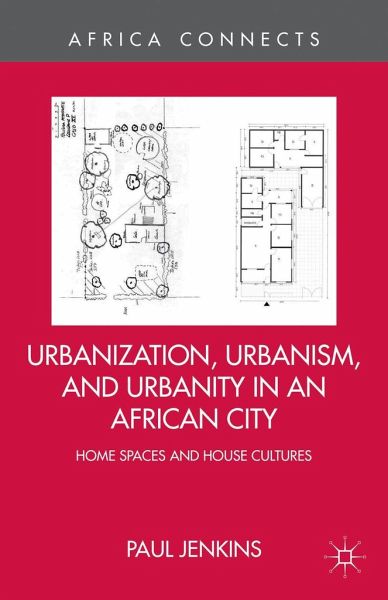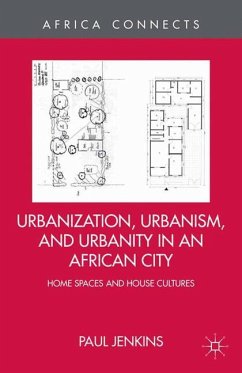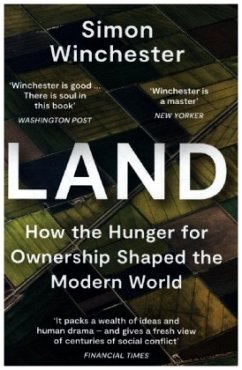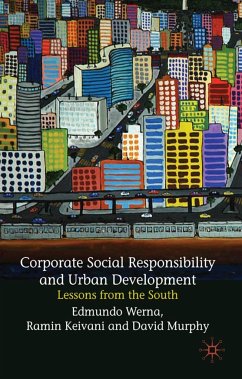
Urbanization, Urbanism, and Urbanity in an African City
Home Spaces and House Cultures
Versandkostenfrei!
Versandfertig in 6-10 Tagen
38,99 €
inkl. MwSt.
Weitere Ausgaben:

PAYBACK Punkte
19 °P sammeln!
Urbanization in sub-Saharan Africa has historic roots, and though it has accelerated in recent decades, it retains distinctive forms. This book explores sub-Saharan urbanism through a detailed and wide-ranging study of Maputo, Mozambique, covering physical and socio-economic factors as well as an ethnographic inquiry into cultural attitudes.














